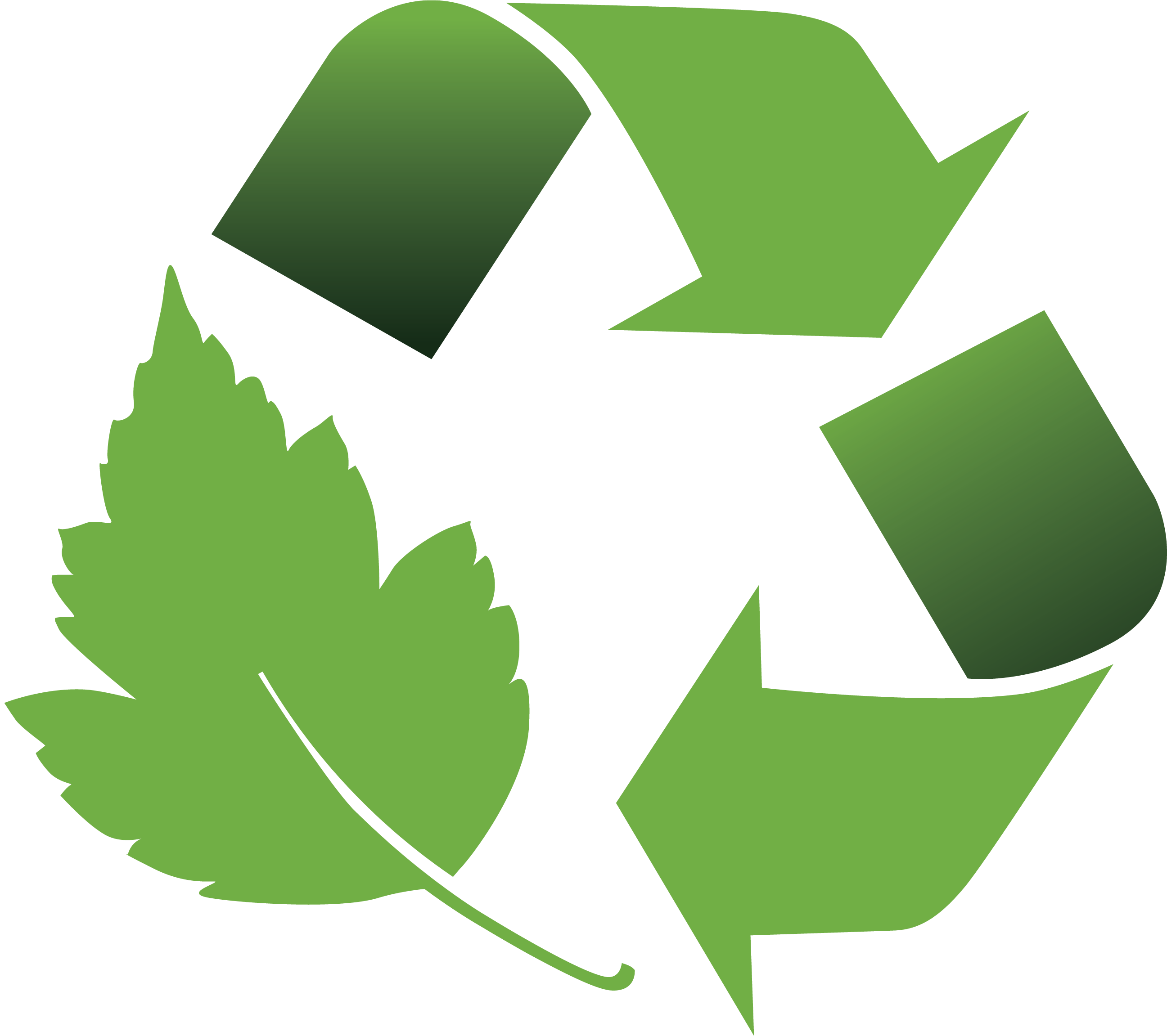What's the Verdict on E-Coatings?
E-coating is an electro-deposition coating, electro-painting, or electrophoretic lacquering deposited onto the surface of a metal via dipping and electrical currents.
As opposed to electro-plating, which entails the application of a metal to a metal, E-coating's consist of paint or lacquer applied to a metal.
They're used throughout various industries, including automotive, agricultural, electronics and - you guessed it - jewelry!
But how effective are E-coating's as a method of jewelry protection?

Common Forms of Jewelry E-Coatings
To start out, it’s important to know what types of E-coating's are used on jewelry. We’ve mostly seen the usage of ceramic and acrylic E-coating's on jewelry, though there are other types out there.
These ceramic and acrylic E-coating's differ from standard paint by way of their application. Applying an E-coating to jewelry is different from traditional painting due to the use of multiple liquid solutions, electrical currents, and overall adhesion process.
For instance, taking a piece of jewelry and dunking it in a can of paint found on a shelf in your garage wouldn’t work that well…
As you may have guessed, the paint would bubble, layer unevenly, cover any present gemstones, alter the texture of the piece and not stick efficiently to the piece’s metal surfaces.
Acrylic and ceramic E-coating's for jewelry are a very different animal from traditional paint.

Jewelry E-Coating Process
From a step-by-step perspective, the E-coating process bears a striking resemblance to the electro-plating process.
Using a rectifier, which sends an electric current through the various liquid solutions, a piece of jewelry is taken and dipped into an electro-cleaner solution. From there it’s rinsed in distilled water and subsequently placed into another acid bath where it undergoes an electric charge of around 4-6 volts.
After being rinsed in distilled water a second time - and subsequently dried via kiln - the piece is submerged into an acrylic/ceramic solution while exposed to an electric charge ranging anywhere from 40 to 60 volts.
Once the piece is completed coated in the ceramic/acrylic lacquer, it’s placed into yet another solution – usually a “rinse aid” that helps to eliminate the formation of bubbles - and then left to dry once again.
Not only is the E-coating process an investment of your time, it’s an investment of your money. While it’s undoubtedly cheaper than plating, E-coating does require:
- Rectifier
- Rinse Solutions
- Cleaning Acids
- Kiln
- A Sufficient Amount of Glassware
If you’re an established jewelry maker, you more than likely already have these tools at your disposal. If you’re just getting started, however, acquiring this equipment can run you anywhere from $1,000 - $2,500.
So is the investment worth it?

What’s the Verdict?
Unlike previous forms of jewelry protection that we’ve discussed, we would argue that E-coatings actually do protect your jewelry...sort of.

#1. They cost significantly less than platings.
#2. They don’t chemically alter the base metal upon which they’re deposited.
#3. E-coating's come in a variety of colors and finishes.


...but that protection comes with caveats:
#1. Similarly to plating’s, E-coating’s alter the outward appearance of jewelry pieces.
While they don’t make use of a secondary metal, the E-coating ceramics and acrylics change the look and feel of whatever they’re coated onto. They’re the equivalent of a new paint job for your jewelry.
#2. E-coating's eventually wear off and require additional applications.
In the same manner as plating’s, once the E-coating process is enacted once, it’ll most likely need to be done again. This can be frustrating for both jewelry manufacturers and jewelry owners alike.
#3. The E-coating process can be time-consuming.
This might be the most discernable reason to not use E-coatings. For larger operations that can put dozens of jewelry pieces at a time through the procedure, it may be worth it. But for smaller operations that have to work with pieces singularly and by hand, it’s certainly a large undertaking.
#4. While cheaper than electro-plating's, E-coating's do add to overhead.
As mentioned above, buying the equipment necessary to carry out the coating process can run you anywhere from $1,000 - $2,500.
#5. E-coating's themselves can oxidize!
There are E-coating's which consist of metals as opposed to ceramics and acryllics. If you opt for this method, be forewarned that these types of coatings oxidize, turn yellow and produce unsightly results.
As a matter of fact, InterceptTM Silver & Jewelry Care Co. has seen this first hand:

NOTE: This is an image taken via microscope examining the oxidation of a metal E-coating. You can see the discolorations caused by the uneven liquid coating.
Balancing the pros and cons of any decision is difficult. Whether or not E-coating's are the best method of jewelry protection is for you to decide. Regardless of your decision, we hope you found this blog post helpful and informative!






